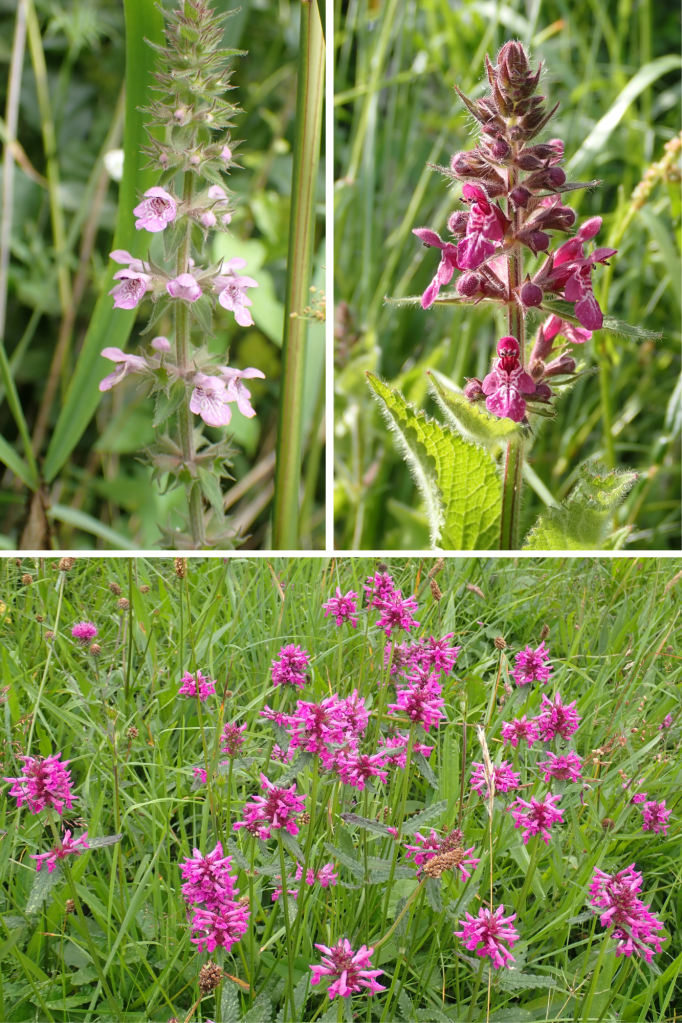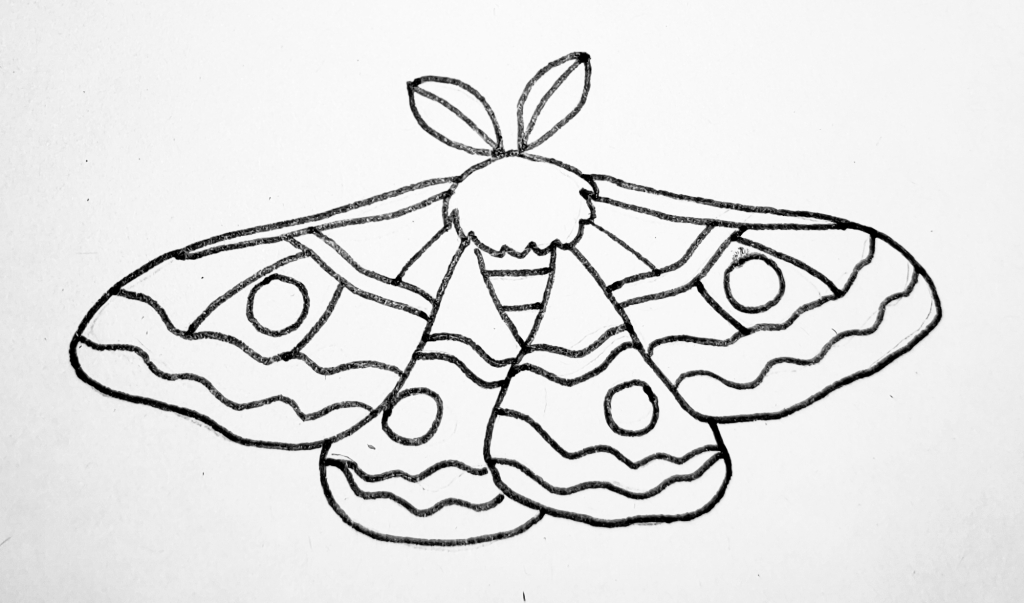Not such an exciting week for being out in nature as last week but I did get to run another plant ID session by the Mountjoy pond, this time with students going with us on the Ecology field trip to Arnside and Silverdale next week. I had a nice lightbulb moment when explaining to one lad how the specific names of plants often give clues to their growth form or habitat, such as repens meaning ‘creeping’ or arvensis meaning ‘field’ – “that’s really cool”, he said! The woundworts, Stachys species, are one large genus where the species name tells you a lot; S.palustris favours marshy ground, S. sylvatica shady hedgerows and S. officinalis was prized as a medicinal herb by monks and so would have been found in the officina, the storeroom where medicines were kept in a monastery.

On the river on Monday evening I saw my first Kingfisher for a while, which always makes rowing in the rain seem worthwhile. The Grey Heron, perching like a statue on the bank, is a more regular sight. I’m enjoying the Common Poppies springing up in fields and random places such as at the base of the walls of houses in Durham Road. It’s great that they are such opportunists and seem to thrive everywhere. Arable fields must have looked very different in the days when Corn Cockle and other colourful flowers were also abundant weeds, rather than being restricted to places such as the annual wildflower border in the Botanics.
A little more time in the allotment and garden this week made me think about just how fast bindweed grows – it seems to appear from nowhere and smother my fruit bushes in just a few days. Anything tall, even long grass, provides a frame for it to climb upwards towards the light before spreading its large leaves and producing trumpet-shaped flowers. It wraps itself so tightly around other plants it is difficult to remove without damaging them in the process. It makes a lot of sense as an evolutionary strategy, allowing the plant to compete effectively for light without having to expend the energy needed to produce a strong, woody stem. The brambles are not much slower growing!

This week we were subject to a blast of air coming down from the Arctic so it’s been decidedly chilly, with temperatures three to five degrees Celsius below typical June temperatures and more than ten Celsius below where we were this time last year. Although I did see a Small Blue butterfly on the grassland beside the Maths and Computing building this week and have seen a couple of Spotted Wood butterflies in the allotment, the low temperatures are not doing butterflies and other pollinators any favours. I’m hoping it will have warmed up by next week when we take the students away.
In more positive news, a Hedgehog was pootling around the pots on our patio one morning this week when I was working at the table by the window. I hope it found plenty of slugs and snails to feast on! Other culprits are behind the demise of the locally-grown wild flower plugs planted this week outside the entrance to the Biosciences department – most have already been scoffed by the scores of rabbits on the Mountjoy site. The ones planted outside the Bill Bryson library have fared a little better, thankfully, maybe at least slightly deterred by the traffic and hoards of students.
The week’s other student-focussed activity was supervising the Student Friends of the Botanic Gardens running events for the fun day. They’d prepared a bug hunt and a pollinator watching activity but badge making seemed the most popular – they’d designed some great badges on themes from frogs to butterflies, birds and plants.



In the allotment, the first gooseberries are nearly ready to pick, despite the best efforts of the bindweed. I’ve had another go at planting lettuce, dwarf beans and Swiss chard, in the hope that some will survive the slugs and snails. The Foxgloves are spectacular.
In the garden a second, brown, iris is now flowering by the pond and the roses continue to bloom profusely. My little white Clematis is also in flower, adding its heady perfume to the mix. This week’s retail therapy involved buying Stocks, a lovely red Carnation, Tarragon and Chives at the garden centre.
This week’s cultural highlight was a trip to the Glasshouse in Gateshead in the evening to hear Stephen Isserlis play Dvorak’s Cello concerto and an intriguing new nature based piece, Between Trees, by Kristine Tjøgersen, which made use of the orchestral instruments in novel ways. It also involved some less common instruments such as cans of compressed air, to evoke the sounds of wind in the trees and woodland animals going about their business. The composer was in the audience and must have been pleased with the warm reception for her piece.